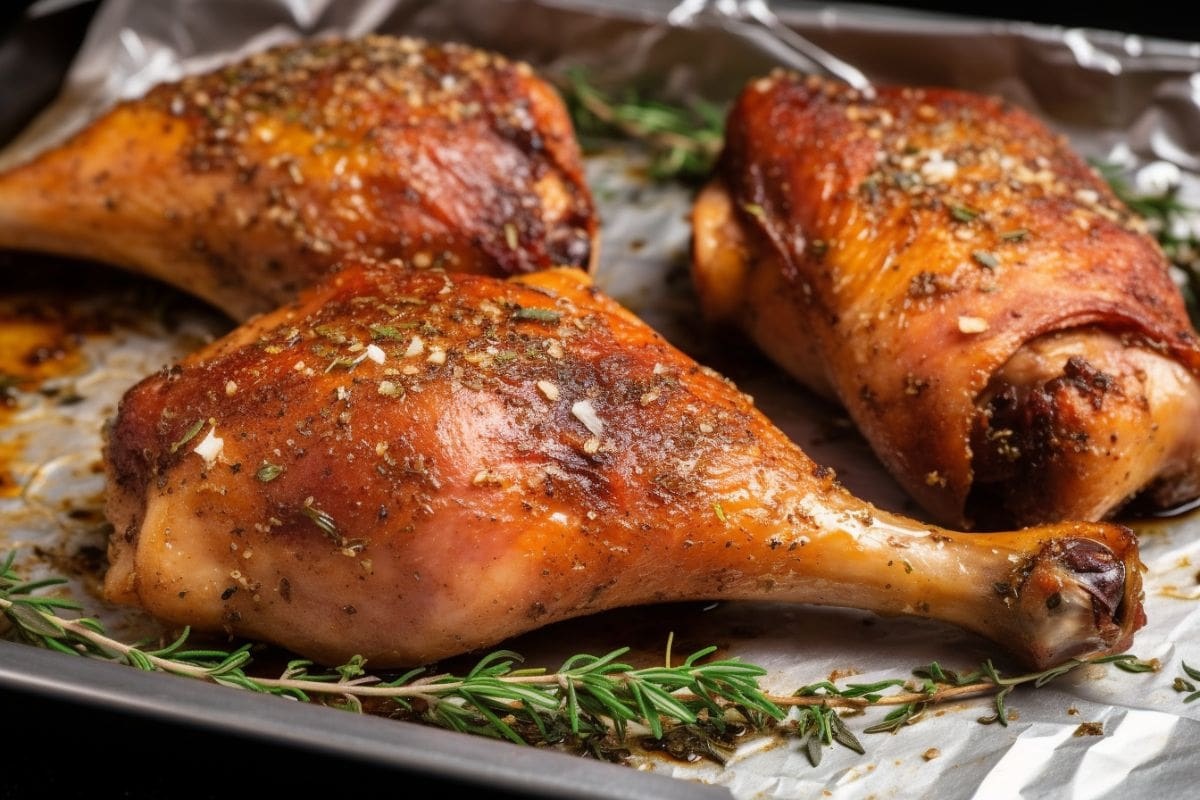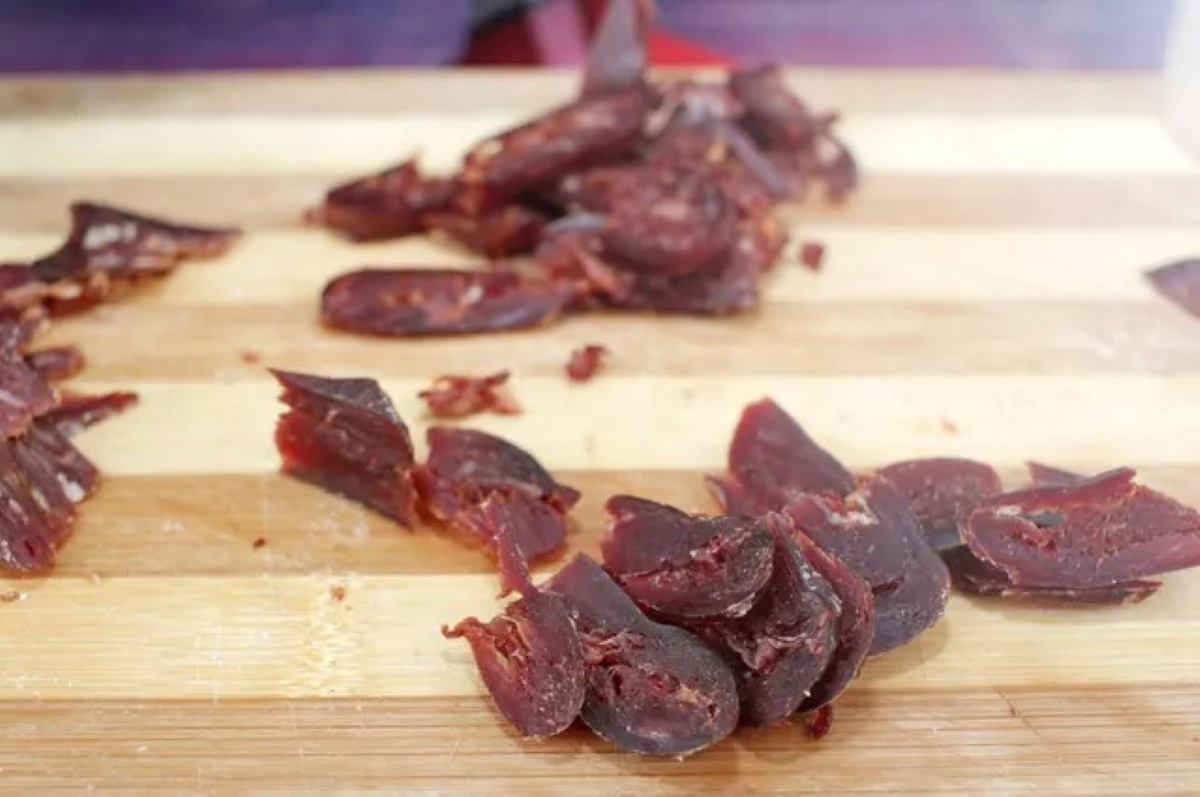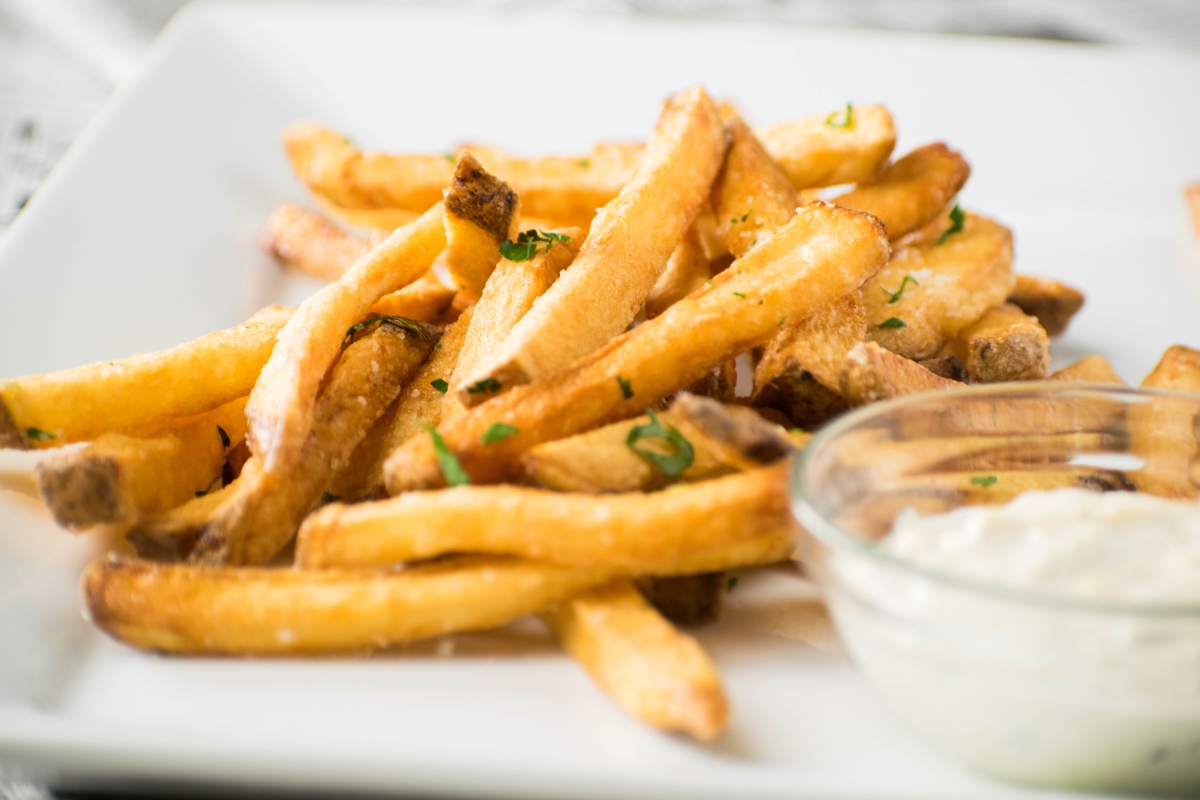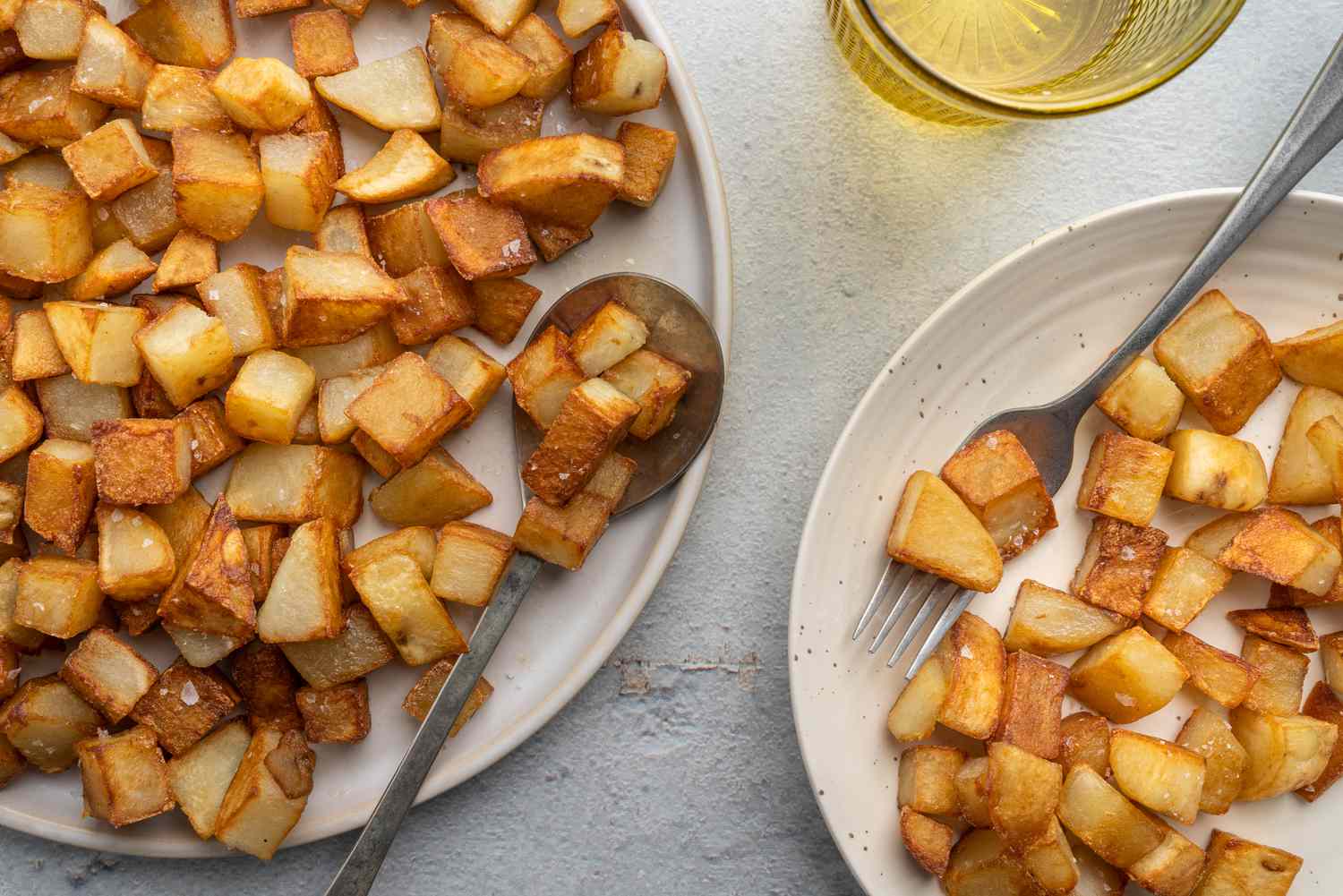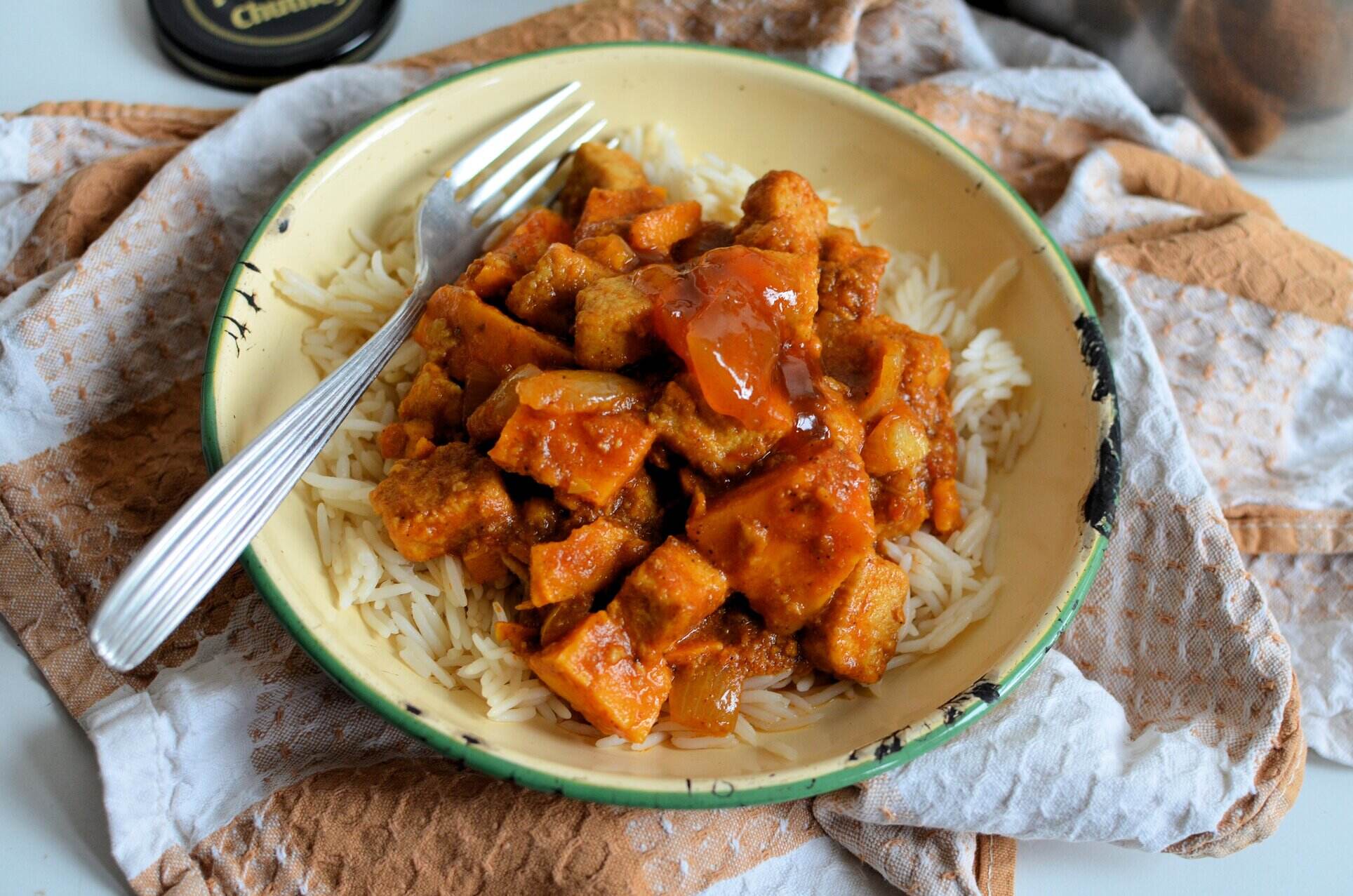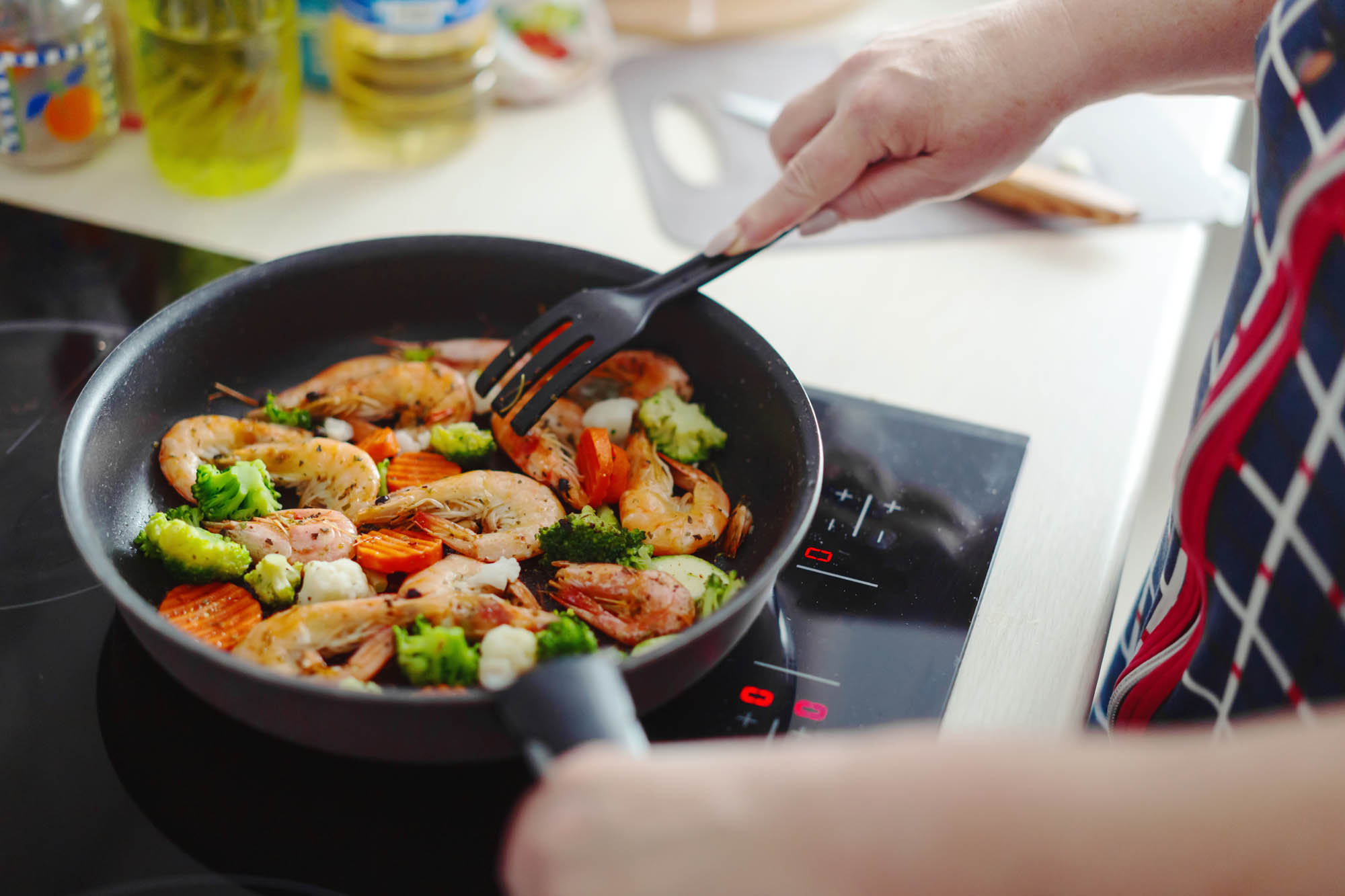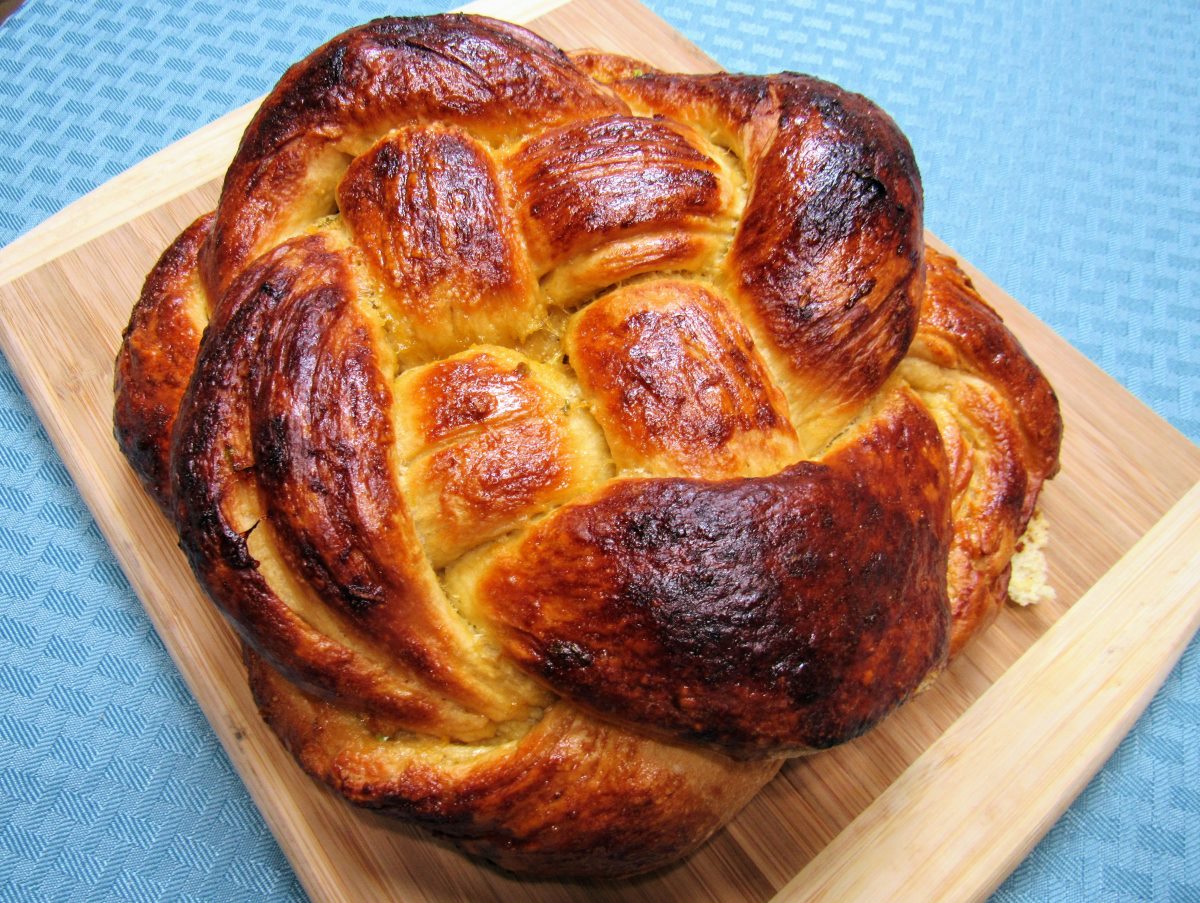Get Ready to Deep Fry Some Delicious Turkey Legs!
Are you ready to take your turkey game to the next level? Deep frying turkey legs is a delicious and impressive way to serve up a tasty meal for your family and friends. With the right equipment and a little know-how, you can create crispy, juicy turkey legs that will have everyone coming back for seconds. Here’s how to deep fry turkey legs like a pro:
What You’ll Need:
Before you get started, make sure you have all the necessary equipment and ingredients on hand. Here’s what you’ll need:
- Large pot or deep fryer
- Propane burner (if using a pot)
- Oil suitable for deep frying (peanut oil is a popular choice)
- Thawed turkey legs
- Seasonings of your choice
- Meat thermometer
- Protective gloves and eyewear
Preparation:
Before you start deep frying, it’s important to properly prepare the turkey legs. Here’s what you need to do:
- Thaw the turkey legs completely if they are frozen.
- Season the turkey legs with your favorite spices and seasonings. Don’t be afraid to get creative!
- Heat the oil to the appropriate temperature. For turkey legs, the oil should be heated to 375°F.
Deep Frying Process:
Now that you’re all set up and the turkey legs are seasoned, it’s time to start deep frying!
- Carefully lower the turkey legs into the hot oil. Be sure to use long tongs to prevent any oil splatter.
- Cook the turkey legs for about 3-4 minutes per pound, or until they reach an internal temperature of 165°F. Use a meat thermometer to ensure they are fully cooked.
- Once the turkey legs are golden brown and cooked through, carefully remove them from the oil and place them on a paper towel-lined plate to drain any excess oil.
Serving and Enjoying:
Now that your turkey legs are perfectly fried and ready to eat, it’s time to serve them up and enjoy!
- Let the turkey legs cool for a few minutes before serving to avoid burning your mouth.
- Pair the turkey legs with your favorite sides and dipping sauces for a delicious meal.
- Don’t forget to savor every bite and share with your loved ones!
Deep frying turkey legs may seem intimidating at first, but with the right equipment and a little practice, you’ll be a pro in no time. So, gather your ingredients, follow these simple steps, and get ready to impress your guests with some mouthwatering deep fried turkey legs!
For those eager to try their hand at deep frying turkey legs, the guide provides an array of tantalizing recipes. Start with the Classic Deep Fried Turkey Legs with Cajun Seasoning for a bold, flavorful experience. If you prefer a Southern twist, the Deep Fried Turkey Legs with Southern Buttermilk Marinade offers a rich, comforting taste. For a kick, the Spicy Buffalo Deep Fried Turkey Legs can't be beat. Those craving a fusion of flavors should try the Deep Fried Turkey Legs with Korean BBQ Sauce. The Deep Fried Turkey Legs with Honey BBQ Glaze is perfect for a sweet and tangy treat. Each recipe is designed to make the most of your deep frying skills, ensuring a delicious outcome every time.

